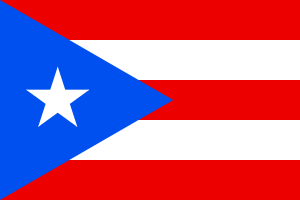Union Latino Americana
| This article is a part of a series on Phi Iota Alpha Fraternity | |
Chapters | |
| See also: Fraternities and Sororities Wikiproject | |
| This article is a part of a series on Phi Sigma Alpha Fraternity | |
| Category | Wikiproject | |
Presidents
| |
Associations
| |
| See also: Fraternities and Sororities Wikiproject | |
Union Latino Americana (ULA) was the short existing Pan American Governing body of Hispanic fraternities created in the early 20th century. The ULA was established in 1932, during a convention of Phi Iota Alpha in the City of New York.[1]
The ULA organized Latin America into 22 zones. Each of the 21 Latin American countries constituted a zone. The 22nd zone was represented by the United States. The ULA, was a framework for the implementation of Pan-American ideology. All the zones were bonded by the same constitution and internal rules and regulations. On September 30, 1934 Sigma Delta Alpha, a fraternity established on the island of Puerto Rico joined the Union. It was renamed Phi Sigma Alpha. By 1937, the ULA had several well-established and functional zones including:
- ΦΙΑ - Phi Iota Alpha in
 United States
United States - ΦΚΑ - Phi Kappa Alpha[2] in
 Cuba
Cuba - ΦΣΑ - Phi Sigma Alpha[2] in
 Puerto Rico
Puerto Rico - ΦΤΑ - Phi Tau Alpha in
 Mexico
Mexico
In September 1939, the Phi Sigma Alpha zone decided to separate from the ULA and eventually, to form Phi Sigma Alpha Fraternity of Puerto Rico.[3] The ULA dissolved shortly after.
Footnotes
- ↑ Johnson, Clyde Sanfred (1972). Fraternities in our colleges. New York, New York: National Interfraternity Foundation. pp. 42–43.
- 1 2 Baird, William Raimond (1940). Baird's Manual of American College Fraternities. G. Banta Pub. Co. p. 260.
- ↑ "Fi Sigma Alfa" (in Spanish). Retrieved 2006-12-04.